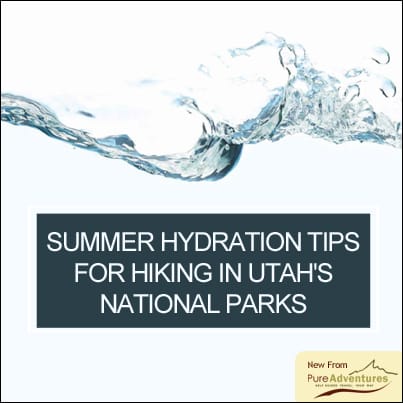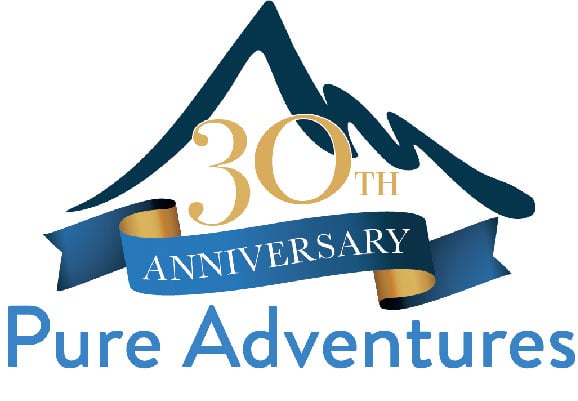
If you’re wondering what the weather will be like on a summer hiking trip in Zion National Park or Bryce Canyon National Park, the Utah Visitor’s Bureau sums it up nicely: Generally speaking, Utah is best experienced with an extra bottle of water and some sunscreen.
With daytime temperatures peaking at 102F in July and August, it is essential that hikers heading to Utah’s National Parks for a day of adventure pay careful attention to their water and food intake.
“Hiking, like any other activity, can wear you out. It’s important to be proactive about maintaining your health and hydration during your hike. It’s important to bring water with you whenever you go hiking, ” says avid hiker and runner Elaine Brewer.
“One issue with carrying water is that it weighs a lot. When mapping out your route, note any water that comes close to the trail and is potable. Sometimes, it’s easier to bring a water filter and pump water from a local stream than carry extra water with you, as long as you’re sure a safe water source is available,” advises Brewer.
The National Parks Service publishes a list of Water Source Conditions on their website for both Zion and Bryce Canyon, noting which sources are dry, trickling or flowing. Remember to always purify the water from any natural source and to confirm with the Park’s Visitor Center upon your arrival that water is indeed available at the sites listed online (they’ll have the most up-to-date information). While it’s a must for self-guided hikers to carry their own water, it’s important to know that even on guided hikes, you will be required to carry your day’s supply of water.
“Another issue with water is that if it’s over consumed, you can wash out essential electrolytes, especially when you are exerting yourself. I am one of those who washes my electrolytes out very easily,” says Brewer. Tell tale signs that your electrolyte levels are dropping include fatigue, headaches and eventually stomach pain. To avoid this, carry a bladder of water and a small bottle of concentrated electrolyte drink, like Gatorade. “I drink from the bladder every few minutes and drink from the small bottle of Gatorade every half an hour to maintain my electrolyte balance,” says Brewer.
Eating well while hiking goes hand-in-hand with proper hydration. Brewer admits that regular snacking on the trail is something that slips her mind, especially if the trails are technical and she is focusing on not tripping. “If you are the type of person that won’t stop for a meal break, make it a point to snack every two hours, even when you’re still on the move. I set my watch or phone alarm to go off every couple of hours or so to remind myself to grab something to eat,” says Brewer.
Tasty and protein-packed trail snack choices include oatmeal chocolate chunk cookies, commercially prepared energy bars, peanut butter sandwiches, quick cooking rice or tuna. Brewer tends to save fruit for the end of the day, to avoid a sugar crash. On-the-go quick energy carbohydrate snacks like Honey Stinger chews or plant-based Energy Bits should be used alternately with higher protein foods.
A little preparation goes a long way to ensuring your comfort, health and safety when planning a hiking trip in Utah’s national parks. Pure Adventures offers a supported cycling and hiking tour in Utah but for a list of all the hiking, biking, mountain biking, and camping tours in Utah visit the Utah adventures page.
